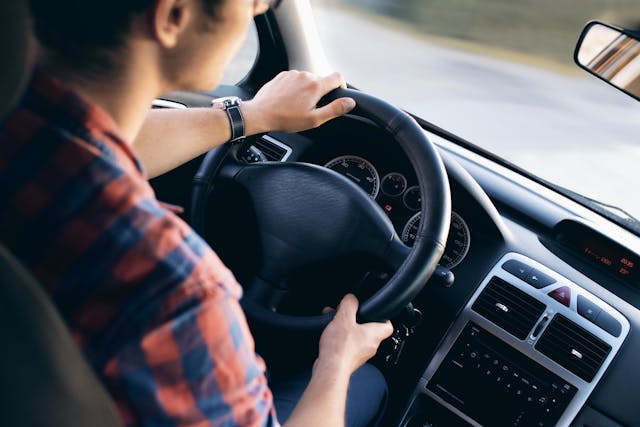France's VINCI Autoroutes foundation commissioned the survey to compare the driving habits of the Swiss, British, Belgians, French, Germans and Spanish.
Sixty-three percent of horn-happy Spanish motorists were found to honk at other drivers who irritate them, compared with a more restrained average of 47 per cent.
They were also more likely to insult fellow road-users (59 percent compared with the average of 56 percent) and overtake on the right-hand-side on motorways (35 percent compared with 28 percent elsewhere in Europe).
These three hot-blooded habits, however, were the only ones of the twelve surveyed in which Spaniards were worse than average, leading VINCI to note that they "adopted fewer risky behaviours behind the wheel" than other nationalities.
The Spanish edition of The Huffington Post reported that Spanish drivers are also optimistic about meeting EU fixed goals to half the number of road deaths by 2020.
78 percent believe that this can be achieved.
And Spanish drivers also revealed themselves to be aware of the dangers of drunk driving. 64 percent, compared with 60 percent across Europe, believed that driving under the influence of drink or drugs was the principal cause of road deaths.
SEE ALSO: French drivers fear other drivers – and Italians
Don't miss stories about Spain, join us on Facebook and Twitter.



 Please whitelist us to continue reading.
Please whitelist us to continue reading.
Member comments